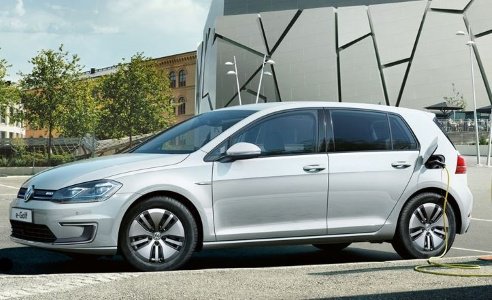(REPOST: Forbes)
The aftermath of Hurricane Maria in Puerto Rico has shown the devastating potential consequences of not having electricity for an extended period of time.

As electric cars become more popular, how would a driver charge his or her vehicle when such a power outage occurs? States and localities need to plan for backup charging infrastructure so that electric vehicles are able to operate when power is unavailable.
When the main grid is not operating, microgrids could provide power, boosting resiliency and reliability. According to the Department of Energy, a microgrid is “a group of interconnected loads and distributed energy resources…that connects and disconnects from [the] grid…”
Microgrids can be placed near a building, such as a hospital, to provide power during an outage or in a neighborhood to serve local electricity needs with solar and other technologies. Additional critical facilities where microgrids are useful include military bases, universities and commercial data centers.
Just as microgrids can provide local power to such critical facilities, they could help ensure that drivers are able to charge their electric vehicles during a blackout. Furthermore, microgrids are useful in helping meet electricity supply and demand in neighborhoods that have several electric car owners. Utilities and regulators need to deploy more microgrids to ensure electric vehicles can be charged and other electricity needs are met when power is unavailable.


